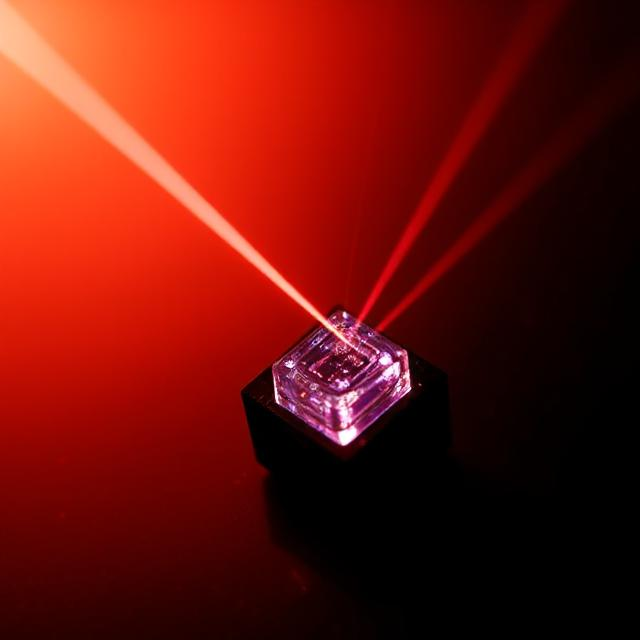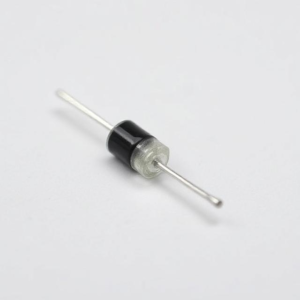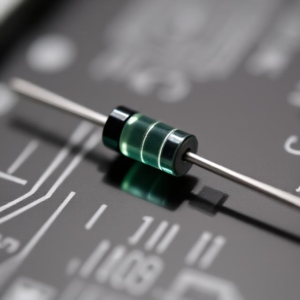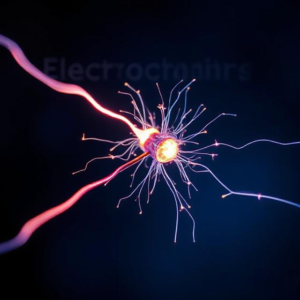1. Photodiodes:
A photodiode is a special type of diode (a tiny electrical component) that reacts to light. Imagine it like a “light sensor” that can convert light into electrical current.
Here’s how it works:
- Normally, a diode allows electrical current to flow in one direction (from positive to negative).
- When light hits the photodiode, it generates tiny electric charges (called “electrons” and “holes”).
- These charges then flow through the diode, creating a small electrical current.
- The amount of current depends on how much light hits the photodiode.
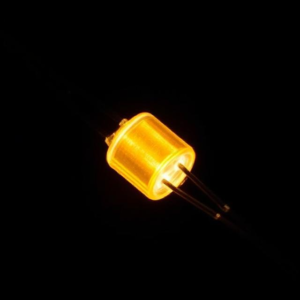
Key Points about Photodiodes:
- Use: Photodiodes are commonly used in devices like cameras, optical sensors, and communication systems to detect light.
- Output: The electrical current generated by the photodiode is directly related to the intensity of the light.
- Special Feature: They work in reverse bias (meaning the voltage across the diode is applied in the opposite direction than usual), which makes them sensitive to light.
2. Photovoltaics (Solar Cells):
Photovoltaics is the process of converting light (usually sunlight) directly into electricity using a material called a photovoltaic cell or solar cell.
Here’s how photovoltaics work:
- A solar cell is made of a material like silicon, which is the most common material used for solar panels.
- When sunlight hits the solar cell, the energy from the light excites electrons in the material, causing them to move.
- This movement of electrons creates an electric current. The more sunlight that hits the cell, the more current is generated.
- The current generated can then be used to power electrical devices or can be stored in batteries for later use.
Key Points about Photovoltaics:
- Use: Photovoltaic cells are used in solar panels, which are the technology behind solar energy generation. They help power homes, businesses, and even satellites!
- Material: The most common materials used are silicon-based, but there are also other materials being researched for more efficient solar cells.
- Energy Source: Solar energy is renewable, which means it doesn’t run out and is much better for the environment compared to traditional energy sources like coal or natural gas.
How They’re Similar:
- Both photodiodes and photovoltaics involve the conversion of light into electrical energy.
- Both use similar principles, but the key difference is that photodiodes are usually used for sensing light or detecting signals, whereas photovoltaics are used to generate usable electricity.

